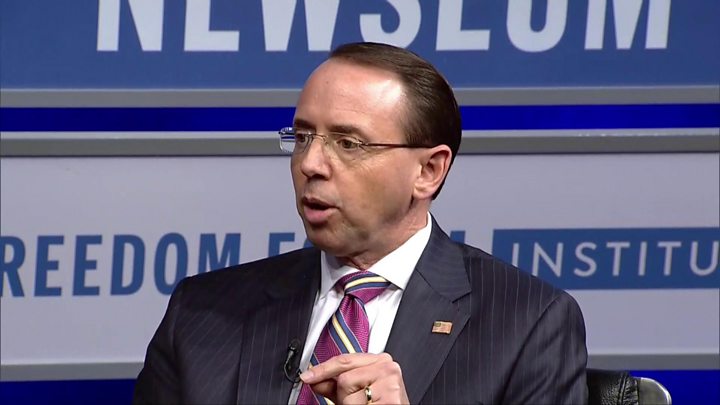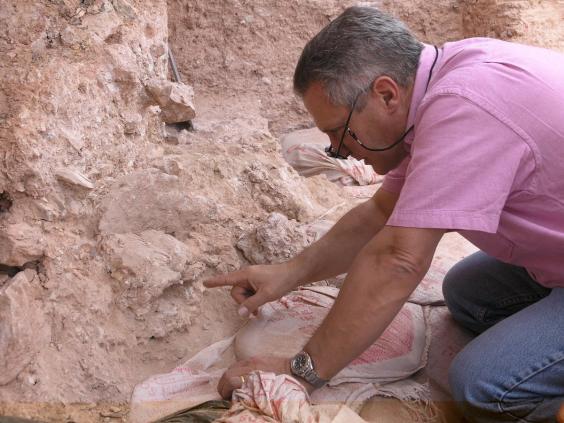Yellowstone National Park, which covers parts of Wyoming, Idaho and Montana, lies on top of a supervolcano that could effectively wipe out the United States if it were to explode. The last time it did, 640,000 years ago, it expelled 240 cubic miles (think about that) of rocky debris into the sky.
Early Thursday morning, residents of southern Montana feared the worst when a 5.8 magnitude earthquake shook the region. Though its epicenter was only 230 miles from Yellowstone, the United States Geological Survey (USGS) says the seismic activity was not irregular, and the supervolcano is not expected to erupt anytime soon.
"The location and focal mechanism solution of this earthquake are consistent with right-lateral faulting in association with faults of the Lewis and Clark line, a prominent zone of strike-slip, dip slip and oblique slip faulting trending east-southeast from northern Idaho to east of Helena, Montana, southeast of this earthquake," said the USGS.
Nevertheless, people were concerned.
Though the heightened seismic activity has stoked fears of a possible supervolcano eruption, Jacob Lowenstern of the USGS told Newsweek that it is not without precedent.
“The swarm in 2010 on the Madison Plateau lasted at least three weeks. In 1985, there was one that lasted several months,” he said. “Yellowstone has had dozens of these sorts of earthquake swarms in the last 150 years it's been visited. The last volcanic eruption within the caldera was 70,000 years ago. For magma to reach the surface, a new vent needs to be created, which requires a lot of intense geological activity.”
The USGS puts the odds of a volcanic eruption at 1 in 730,000. Even if an eruption were to occur, it would likely result in lava flow rather than a cataclysmic explosion. Though this would have an effect on Yellowstone, it would not bring about the end of the United States as we know it.
The 5.8 magnitude earthquake that hit Montana early Thursday morning may have knocked some dishes over and woke up a few residents, but the supervolcano made it through the night undisturbed.
------------------------------------------------------------------------
Added by the Moderators
This ZetaTalk explains the origin of this earthquake
SOZT
The spate of Montana quakes on July 6 had nothing to do with Yellowstone, nor with the pending ripping of the New Madrid Fault Line or adjustments along the San Andreas Fault Line. Due to the bowing stress the N American Plate has been enduring, pulling the continent in a diagonal direction, rock strata throughout the continent are put under stress. Lincoln, Montana lies just inside the rock strata that has been pushed over the plains during past Pole Shifts. This is a SEPARATE strata, not homogeneous with the underlying rock strata of the plains, and thus they do not move as one.
The diagonal stress on the N American Plate is relieved at the weakest points, causing quake swarms in Oklahoma,
http://www.zetatalk.com/newsletr/issue433.htm
fissures in Arizona,
http://www.zetatalk.com/newsletr/issue547.htm
snapping water mains in San Diego,
http://www.zetatalk.com/newsletr/issue540.htm
sinkholes in Pennsylvania, and fracturing Alabama pipelines.
http://www.zetatalk.com/newsletr/issue522.htm
As the N American Continent is gradually pulled in a diagonal manner, the overriding rock strata at the edge of the plains will shatter when it is pulled away from the underlying plains strata. These are not deep quakes, but rather surface quakes, and should be expected to occur in the future.
EOZT
Source: http://poleshift.ning.com/forum/topics/zetatalk-chat-for-july-31-2017 ;








You need to be a member of Earth Changes and the Pole Shift to add comments!
Join Earth Changes and the Pole Shift